Na Zhu
Diagram Formalization Enhanced Multi-Modal Geometry Problem Solver
Sep 09, 2024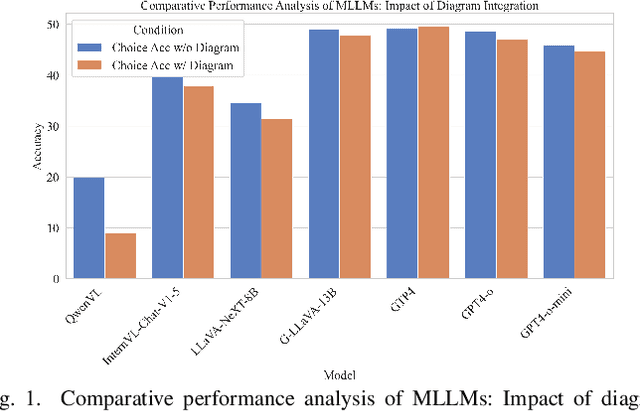



Abstract:Mathematical reasoning remains an ongoing challenge for AI models, especially for geometry problems that require both linguistic and visual signals. As the vision encoders of most MLLMs are trained on natural scenes, they often struggle to understand geometric diagrams, performing no better in geometry problem solving than LLMs that only process text. This limitation is amplified by the lack of effective methods for representing geometric relationships. To address these issues, we introduce the Diagram Formalization Enhanced Geometry Problem Solver (DFE-GPS), a new framework that integrates visual features, geometric formal language, and natural language representations. We propose a novel synthetic data approach and create a large-scale geometric dataset, SynthGeo228K, annotated with both formal and natural language captions, designed to enhance the vision encoder for a better understanding of geometric structures. Our framework improves MLLMs' ability to process geometric diagrams and extends their application to open-ended tasks on the formalgeo7k dataset.
FGeo-HyperGNet: Geometry Problem Solving Integrating Formal Symbolic System and Hypergraph Neural Network
Feb 18, 2024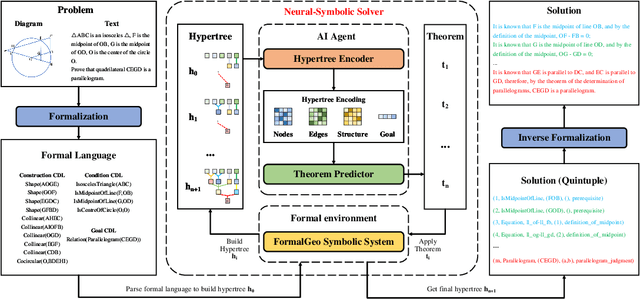
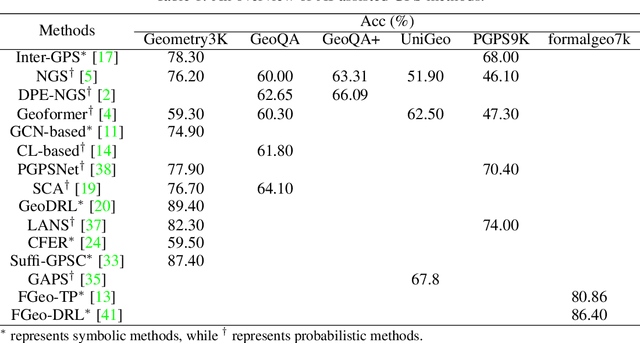
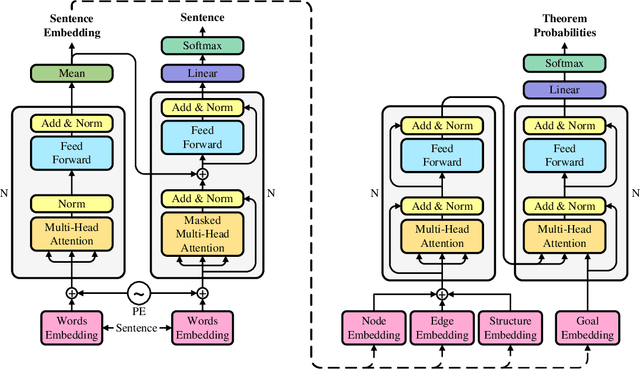
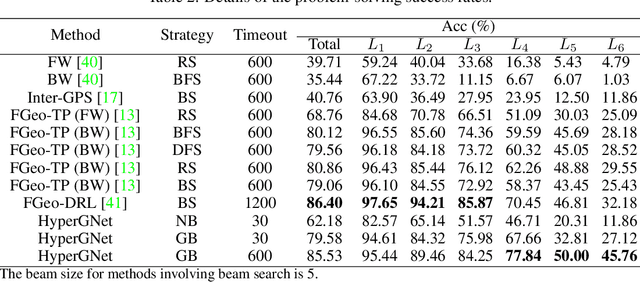
Abstract:Geometry problem solving has always been a long-standing challenge in the fields of automated reasoning and artificial intelligence. This is the fifth article in a series of our works, we built a neural-symbolic system to automatically perform human-like geometric deductive reasoning. The symbolic part is a formal system built on FormalGeo, which can automatically perform geomertic relational reasoning and algebraic calculations and organize the solving process into a solution hypertree with conditions as hypernodes and theorems as hyperedges. The neural part, called HyperGNet, is a hypergraph neural network based on the attention mechanism, including a encoder to effectively encode the structural and semantic information of the hypertree, and a solver to provide problem-solving guidance. The neural part predicts theorems according to the hypertree, and the symbolic part applies theorems and updates the hypertree, thus forming a Predict-Apply Cycle to ultimately achieve readable and traceable automatic solving of geometric problems. Experiments demonstrate the correctness and effectiveness of this neural-symbolic architecture. We achieved a step-wised accuracy of 87.65% and an overall accuracy of 85.53% on the formalgeo7k datasets. The code and data is available at https://github.com/BitSecret/HyperGNet.
FGeo-DRL: Deductive Reasoning for Geometric Problems through Deep Reinforcement Learning
Feb 15, 2024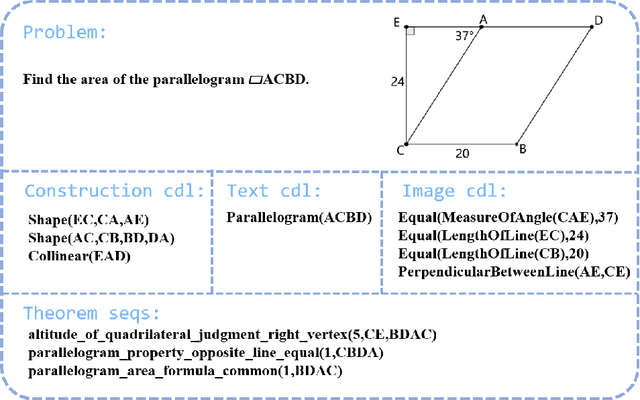



Abstract:The human-like automatic deductive reasoning has always been one of the most challenging open problems in the interdiscipline of mathematics and artificial intelligence. This paper is the third in a series of our works. We built a neural-symbolic system, called FGeoDRL, to automatically perform human-like geometric deductive reasoning. The neural part is an AI agent based on reinforcement learning, capable of autonomously learning problem-solving methods from the feedback of a formalized environment, without the need for human supervision. It leverages a pre-trained natural language model to establish a policy network for theorem selection and employ Monte Carlo Tree Search for heuristic exploration. The symbolic part is a reinforcement learning environment based on geometry formalization theory and FormalGeo, which models GPS as a Markov Decision Process. In this formal symbolic system, the known conditions and objectives of the problem form the state space, while the set of theorems forms the action space. Leveraging FGeoDRL, we have achieved readable and verifiable automated solutions to geometric problems. Experiments conducted on the formalgeo7k dataset have achieved a problem-solving success rate of 86.40%. The project is available at https://github.com/PersonNoName/FGeoDRL.
FGeo-TP: A Language Model-Enhanced Solver for Geometry Problems
Feb 14, 2024Abstract:The application of contemporary artificial intelligence techniques to address geometric problems and automated deductive proof has always been a grand challenge to the interdiscipline field of mathematics and artificial Intelligence. This is the fourth article in a series of our works, in our previous work, we established of a geometric formalized system known as FormalGeo. Moreover we annotated approximately 7000 geometric problems, forming the FormalGeo7k dataset. Despite the FGPS (Formal Geometry Problem Solver) can achieve interpretable algebraic equation solving and human-like deductive reasoning, it often experiences timeouts due to the complexity of the search strategy. In this paper, we introduced FGeo-TP (Theorem Predictor), which utilizes the language model to predict theorem sequences for solving geometry problems. We compared the effectiveness of various Transformer architectures, such as BART or T5, in theorem prediction, implementing pruning in the search process of FGPS, thereby improving its performance in solving geometry problems. Our results demonstrate a significant increase in the problem-solving rate of the language model-enhanced FGeo-TP on the FormalGeo7k dataset, rising from 39.7% to 80.86%. Furthermore, FGeo-TP exhibits notable reductions in solving time and search steps across problems of varying difficulty levels.
FormalGeo: The First Step Toward Human-like IMO-level Geometric Automated Reasoning
Oct 30, 2023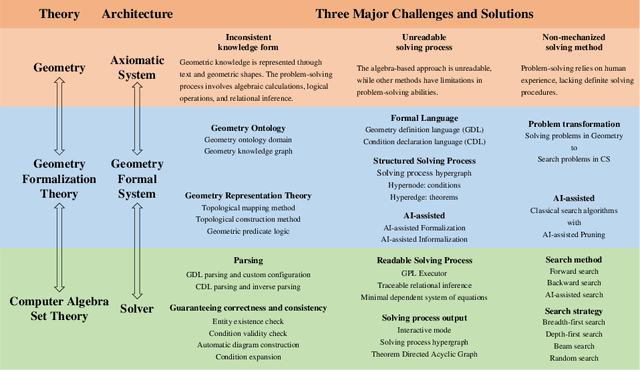
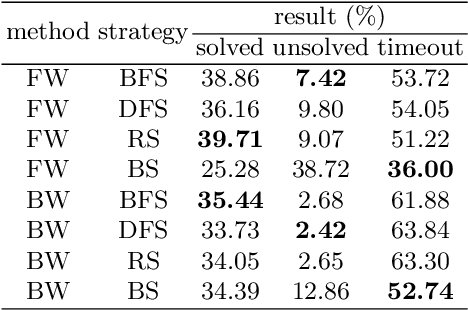
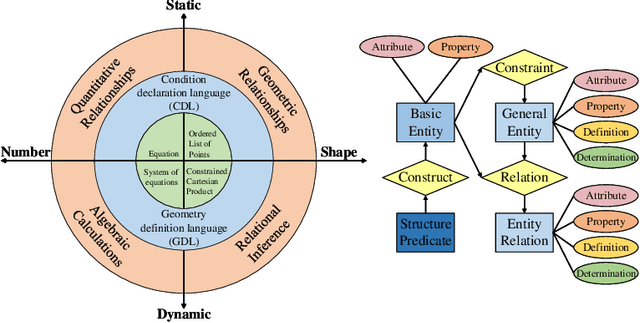
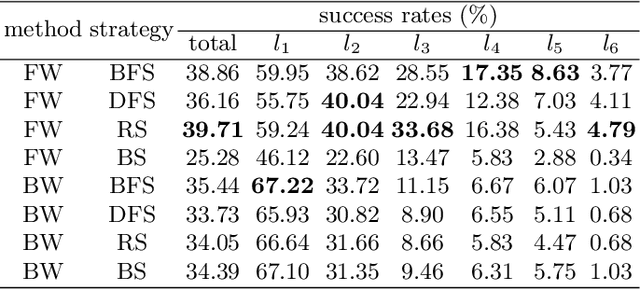
Abstract:This is the first paper in a series of work we have accomplished over the past three years. In this paper, we have constructed a complete and compatible formal plane geometry system. This will serve as a crucial bridge between IMO-level plane geometry challenges and readable AI automated reasoning. With this formal system in place, we have been able to seamlessly integrate modern AI models with our formal system. Within this formal framework, AI is now capable of providing deductive reasoning solutions to IMO-level plane geometry problems, just like handling other natural languages, and these proofs are readable, traceable, and verifiable. We propose the geometry formalization theory (GFT) to guide the development of the geometry formal system. Based on the GFT, we have established the FormalGeo, which consists of 88 geometric predicates and 196 theorems. It can represent, validate, and solve IMO-level geometry problems. we also have crafted the FGPS (formal geometry problem solver) in Python. It serves as both an interactive assistant for verifying problem-solving processes and an automated problem solver, utilizing various methods such as forward search, backward search and AI-assisted search. We've annotated the FormalGeo7k dataset, containing 6,981 (expand to 186,832 through data augmentation) geometry problems with complete formal language annotations. Implementation of the formal system and experiments on the FormalGeo7k validate the correctness and utility of the GFT. The backward depth-first search method only yields a 2.42% problem-solving failure rate, and we can incorporate deep learning techniques to achieve lower one. The source code of FGPS and FormalGeo7k dataset are available at https://github.com/BitSecret/FormalGeo.
On Mining IoT Data for Evaluating the Operation of Public Educational Buildings
Jun 20, 2019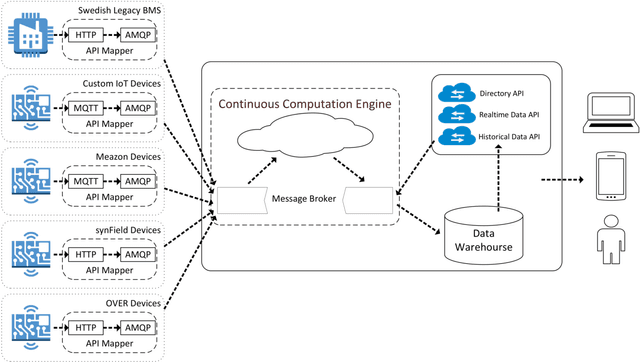
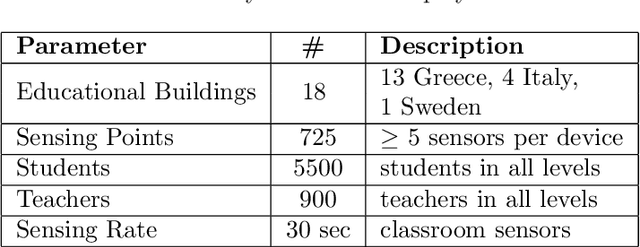
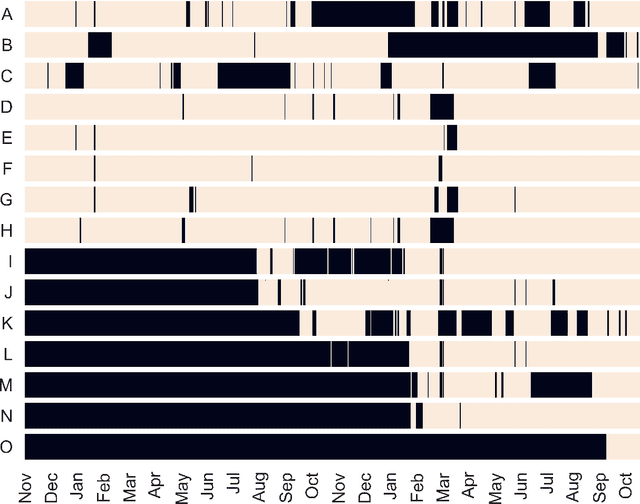
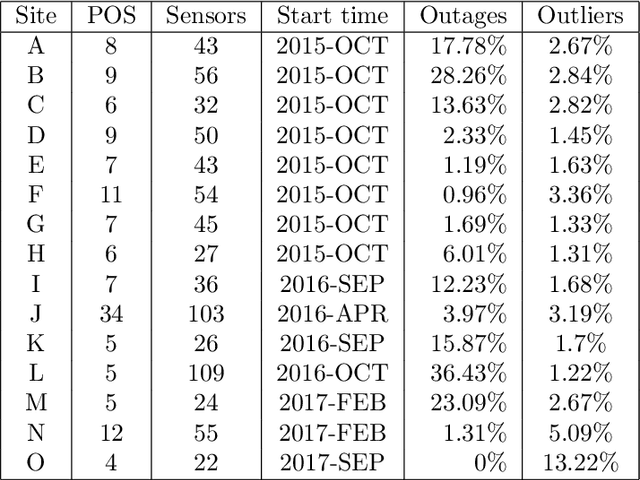
Abstract:Public educational systems operate thousands of buildings with vastly different characteristics in terms of size, age, location, construction, thermal behavior and user communities. Their strategic planning and sustainable operation is an extremely complex and requires quantitative evidence on the performance of buildings such as the interaction of indoor-outdoor environment. Internet of Things (IoT) deployments can provide the necessary data to evaluate, redesign and eventually improve the organizational and managerial measures. In this work a data mining approach is presented to analyze the sensor data collected over a period of 2 years from an IoT infrastructure deployed over 18 school buildings spread in Greece, Italy and Sweden. The real-world evaluation indicates that data mining on sensor data can provide critical insights to building managers and custodial staff about ways to lower a building's energy footprint through effectively managing building operations.
 Add to Chrome
Add to Chrome Add to Firefox
Add to Firefox Add to Edge
Add to Edge